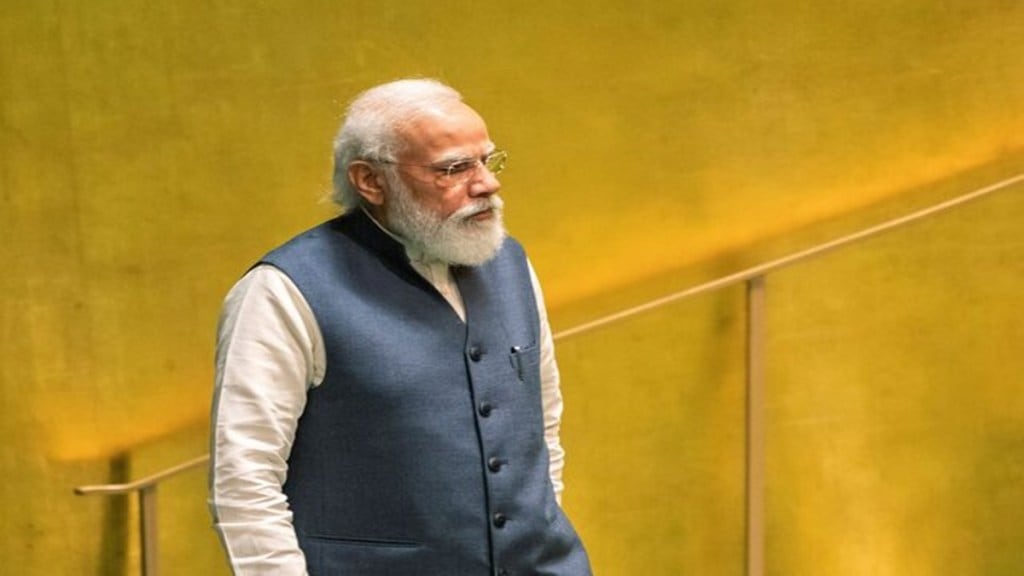Prime Minister Narendra Modi will likely discuss with state chief ministers the steps needed to boost rural economic development, widening of the aspirational blocks programme, and strengthening of centre-state coordination for shared prosperity, during the Niti Aayog governing council meeting on May 24. The goal is to make India a developed nation by 2047.
“Rural development will likely be a key thrust area. With substantial achievement in the aspiration blocks programme, there could be a discussion to include newer underdeveloped blocks in the programme, replacing blocks which have achieved goals,” an official said..
Blocks are the key second-tier local governance which was created post-independence in the 1950s. There are about 7000 blocks across the states in India.
In consultation with various stakeholders including states, 39 key performance indicators (KPIs) have been chosen to measure the progress of the blocks which have been grouped into five themes. The themes include health and nutrition, education, agriculture and allied services, basic infrastructure and social development. The programme was launched on January 7, 2023 to improve the quality of life, raising the living standards and ensuring inclusive growth for all citizens. SIncem then substantial progress has been made in the targeted blocks.
With delimitation of the Parliamentary constituencies looming, there could be discussions on increasing the number of blocks and districts as well, given the swelling of population in many such places.
During the meeting, PM will also likely inform the CMs about the achievements of ‘Operation Sindoor’ as well.
Recently, the Indian Armed Forces launched an operation, hitting terrorist infrastructure in Pakistan and Pakistan-occupied Kashmir, for the killing of 26 tourists in Kashmir by Pakistan-backed terrorists.
The meeting amid global trade tension due to US tariff threats is also likely to feature Centre-states coordination to make Indian manufacturing companies competitive globally.
Besides skilling to make youth employment ready, there could be discussions on increasing productivity and diversification in agriculture.
According to the approach paper for ‘Viksit Bharat @2047’, India will have to strive to be a $30 trillion economy by 2047 with a per capita income of $18,000 per annum (from $3.8 trillion and $ 2,500 per annum, respectively).
The states are likely to be nudged further to develop an investor-friendly framework to attract investment, especially foreign direct investment, amid churning in global trade and supply chain diversification.
Modi has been emphasising that the vision of “Viksit Bharat” can be realised through Viksit States, and that the aspiration of Viksit Bharat should reach the grassroots level i.e. to each district, block, and village. For this, each state and district should create a vision for 2047.


